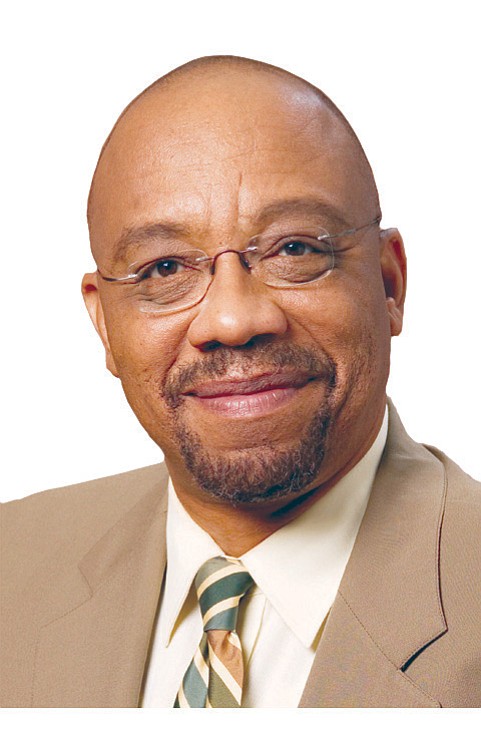It’s fine to talk — eventually — about chronic deficits and mounting debt. But now that our government is up and running again, the nation’s first priority should be economic growth.
Sorry if this gives conniptions to all you deficit hawks out there. Actually, I’m not that sorry, because it was the hawks’ over-the-top warnings of impending doom that provided intellectual cover for the meat-cleaver budget cuts we’re living with today.
Partly because of those “sequestration” cuts — and because the economy is slowly improving — the federal government’s annual budget deficit is falling at its fastest rate in decades. For the 2012 fiscal year, the deficit was about $1.1 trillion. For fiscal 2013, the Congressional Budget Office projects a deficit of $642 billion, representing a one-year decline of more than 40 percent.
This is part of a trend. The deficit peaked at $1.4 trillion in 2009 and has been sliding ever since. I don’t mean to suggest that we don’t have a problem. But it’s clear at this point that the extraordinary deficits we saw at the height of The Great Recession were anomalous and that the flow of red ink is returning to normal. The CBO predicts that deficits will continue to fall through 2015.
What happens then? Actually, it’s too early to say.
The biggest factor in the size of the deficit — and the cumulative federal debt, now at more than $17 trillion — is rising medical costs. As the huge baby boom generation reaches retirement age, according to the budget-hawk scenario, the Medicare and Medicaid programs will eventually become so expensive that the government will have nothing left for “discretionary” spending on roads, education, medical research, social welfare, environmental protection and other necessities.
Corporate tax reform is key
There are signs, however, that this dystopian future may not be written in stone. Ten years ago, health care spending was growing at an alarming 8.8 percent a year — far faster than the economy could possibly keep up. But since 2008, according to an analysis of federal data by the Kaiser Family Foundation, health care spending has grown by an average of 4.2 percent a year.
The dollar amount of the debt matters much less than its size relative to the economy. The right thing to do is work on both sides of that equation — try to keep the debt from zooming out of control while at the same time promoting economic growth.
I would go a step further and argue that given the slowdown in the rise of medical costs, we should take the opportunity to focus primarily on growth. The biggest component of the economy is consumer spending, which becomes more robust as unemployment drops. So the smart thing is to stop paying lip service and start taking action on the “jobs, jobs, jobs” agenda that everyone claims to support, Republicans and Democrats alike.
Here’s one possible place to start: corporate tax reform. President Obama and the House GOP majority agree that there should be a lower corporate tax rate — without the loopholes that allow some firms to avoid paying taxes at all. Meanwhile, U.S. companies have parked nearly $1 trillion in profits overseas to avoid paying the nominal 35 percent U.S. corporate rate. As part of a reform package, why not a conditional amnesty that lets corporations repatriate a dollar tax-free for every dollar they invest domestically in ways that create jobs?
Another target for economic growth is the energy sector. Because of the natural gas boom, the United States may soon be the largest producer of hydrocarbons in the world. Intelligent rulemaking can ensure that as the industry expands, parallel industries dedicated to safety, cleanup and alternative fuels grow with it.
And of course there’s always infrastructure. I suppose we’ll focus on our steel-and-concrete needs the next time a bridge falls down or a train derails.
Look, I’m not a debt crisis denier. But I know that the problem will be much easier to fix if the economy is expanding at a robust pace. In the end, we’re not going to cut our way to success. We have to grow.



